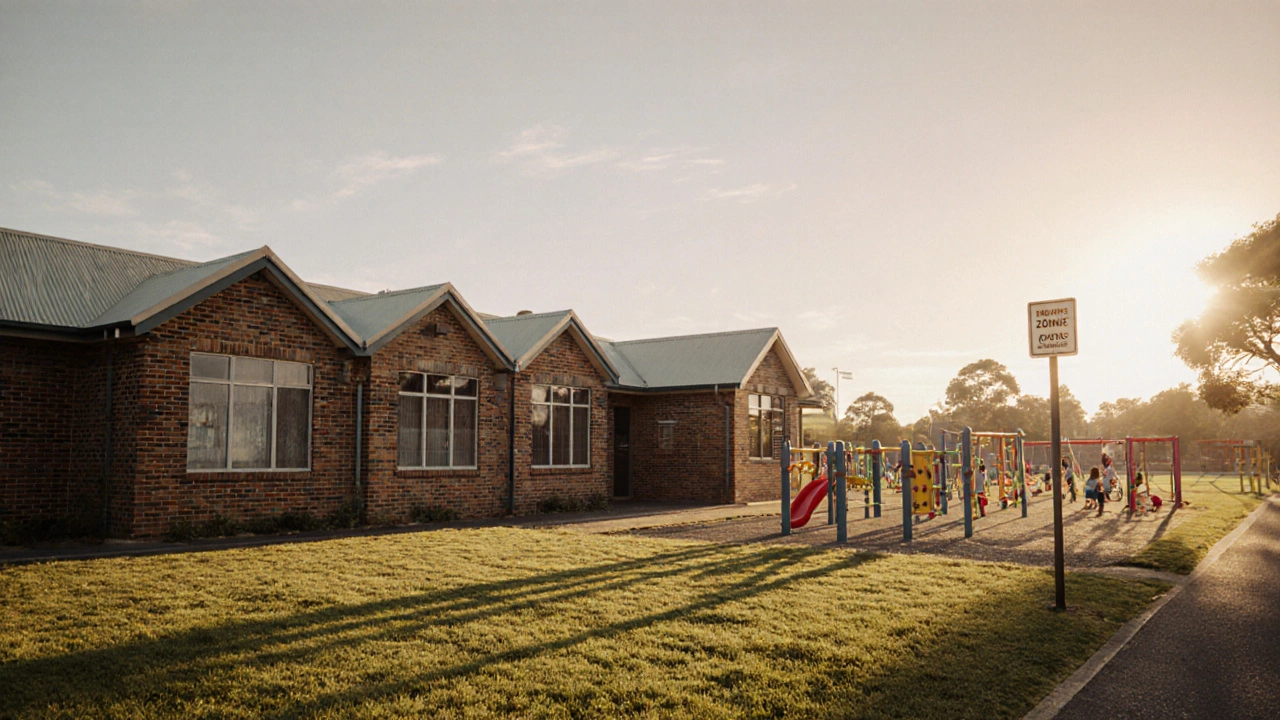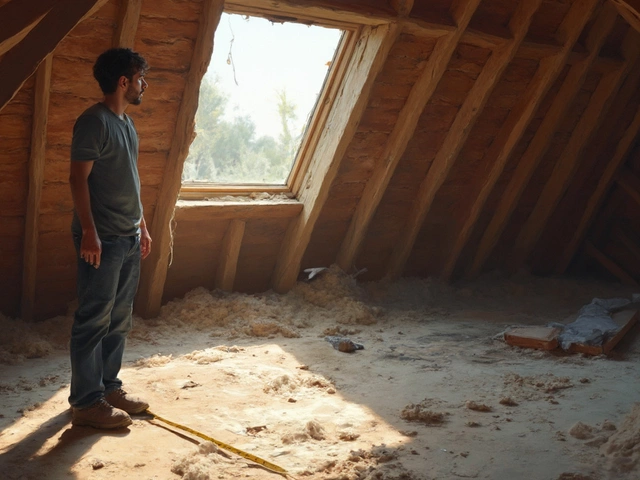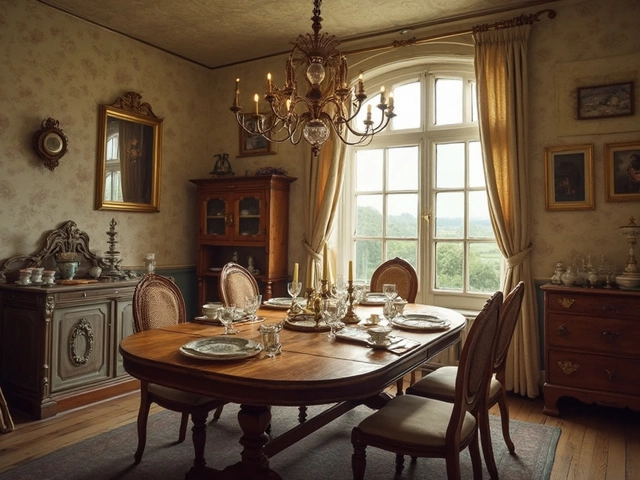Commercial vs Industrial Construction: Key Differences Explained
When people talk about commercial construction, building projects designed for business use like offices, retail stores, or restaurants. Also known as business construction, it focuses on customer flow, aesthetics, and long-term usability. It’s not the same as industrial construction, projects built for manufacturing, warehousing, or heavy production—think factories, power plants, or distribution centers. Also known as heavy construction, it prioritizes strength, durability, and function over appearance. These two types of building aren’t just different in size—they’re built for completely different jobs.
The commercial vs industrial split shows up in every part of the process. Commercial buildings need to feel welcoming—think open floor plans, good lighting, and finishes that last but look nice. Industrial spaces? They need heavy-duty floors that can handle forklifts, high ceilings for cranes, and ventilation systems that pull out fumes or dust. One is for people to shop, work, or eat in. The other is for machines to run, materials to move, or products to be made. That’s why the building codes are different too. Commercial projects follow occupancy and accessibility rules like the ADA. Industrial ones follow OSHA and fire safety rules for hazardous environments. You can’t just swap one for the other without major redesigns.
Materials tell the story too. Commercial builds often use glass, drywall, and finished concrete because they’re clean and easy to maintain. Industrial builds use steel frames, reinforced concrete, and metal cladding because they need to survive heavy loads and constant wear. Even the permits are different. Getting a commercial license means proving you can handle public foot traffic. Getting an industrial permit means proving you can handle chemical storage, noise limits, or emissions. And the cost? Industrial projects usually cost more—not because they’re fancier, but because they’re tougher to build and require specialized labor.
If you’re planning a project, knowing which category you’re in saves time, money, and headaches. Trying to turn a warehouse into a café? You’ll need to rewire the electrical system, add restrooms, and meet fire exit rules you didn’t even know existed. Trying to use commercial-grade drywall in a factory? It’ll crack under vibration in months. The right approach starts with understanding what you’re really building—for people or for production.
Below, you’ll find real breakdowns of how these two types of construction differ in practice—from design choices and regulatory traps to cost surprises and material mistakes. Whether you’re a business owner, a contractor, or just curious, these posts give you the facts you need to make smart decisions.
Is a School Built as Commercial or Industrial? Understanding NZ Building Classifications
Learn whether schools are classed as commercial or industrial in NZ, how this impacts zoning, building code compliance, fire safety, and insurance.





